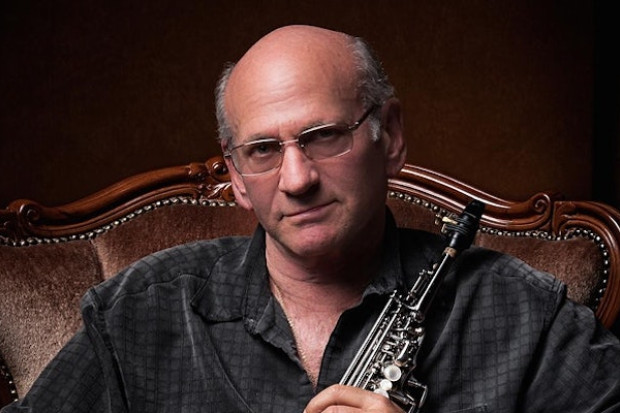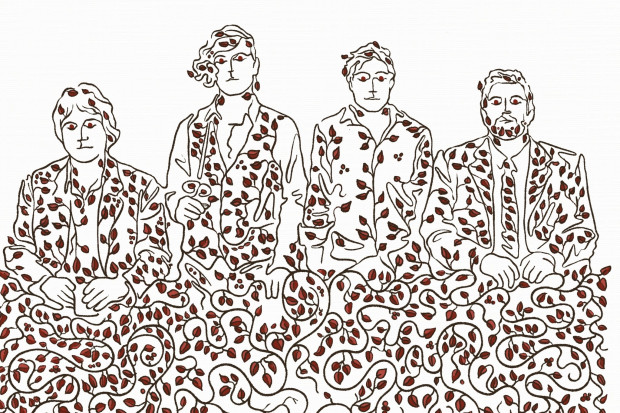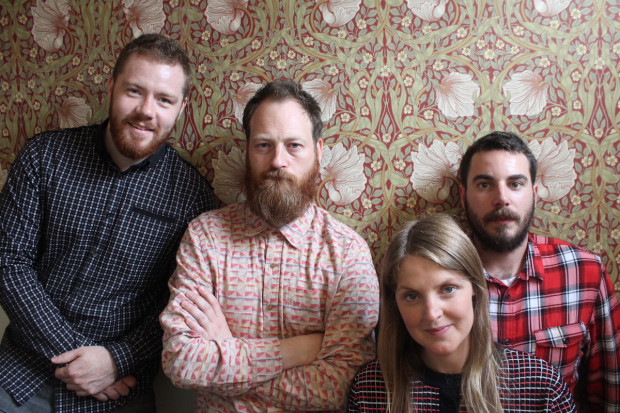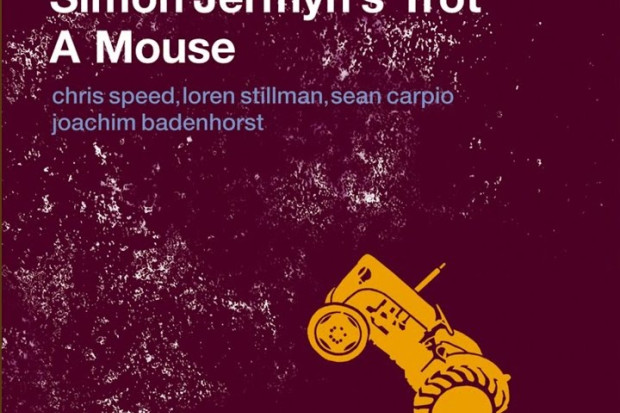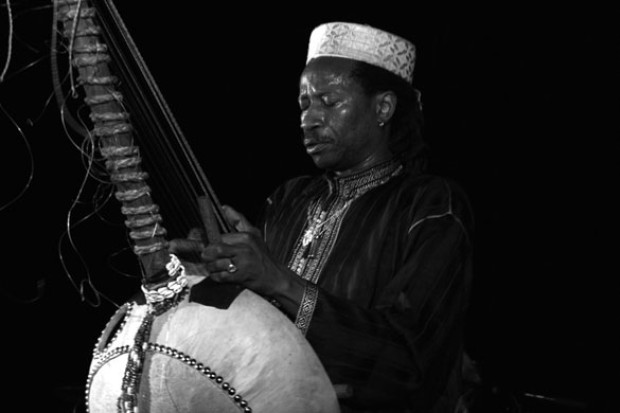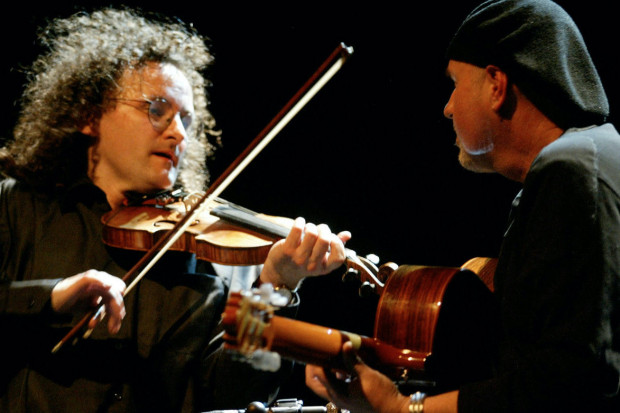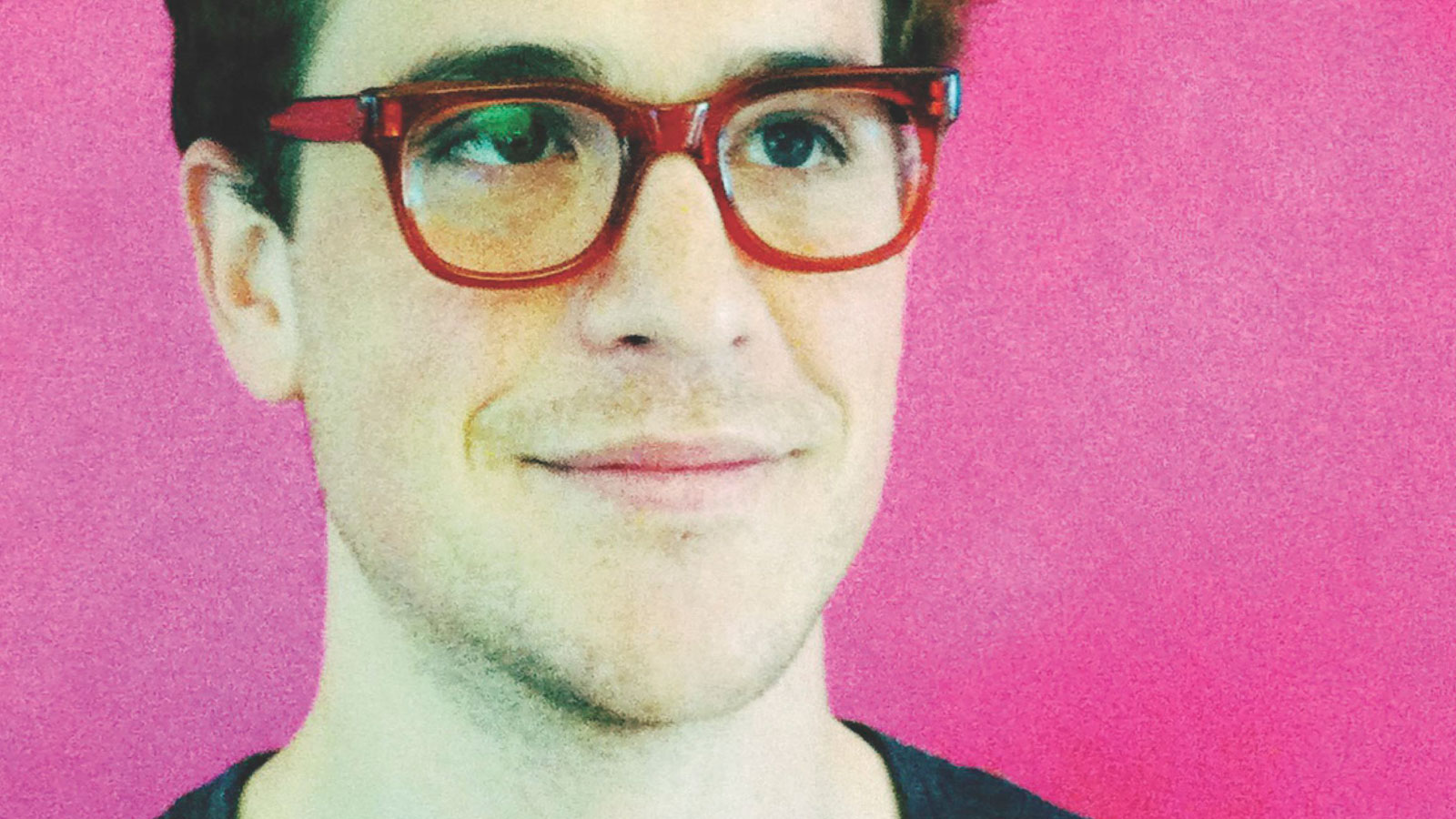
Solo Without Drive
Sean Carpio
Witnessing both Sean Carpio’s group the Wowos at the Project Arts Theatre, and Jan Garbarek with the Hilliard Ensemble in St Patrick’s Cathedral in Dublin last October, I couldn’t help but feel that the traditional role of the jazz soloist — as a driving force — is no longer what it used to be, on this side of the Atlantic at least. Put simply, the solo no longer needs to take place. During both concerts there were improvised solo moments, but these were the exception and tended to bring the fluidity of the larger structure into focus.
It’s interesting to examine an earlier style of a soloist like Sonny Rollins, who achieves coherence by making variations on the same melodic fragments embedded into a circular, standard-repertoire form. Compare this approach to the modern Brad Mehldau trio, who compliment Rollins’ formal strictness with less transparent ‘open’ sections that rely heavily on cues for navigation. Mehldau also allows for a linear continuity that encourages the band to lose the sense of form during a solo.
The problem with these references is that they are representative of the American jazz mainstream, which relies increasingly on individual virtuosity. Jan Garbarek and Sean Carpio are intriguing because they represent another breed that deliberately reigns in virtuosity in order to serve a wider formal conception. (Both Garbarek and the WoWos are also virtuosic, but in an understated way.)
Garbarek’s restraint — often he was fulfilling a more textural role to the Hilliard Ensemble’s foregrounded singing — actually served to highlight the intensity of his curved soprano saxophone playing at full volume. His signature tone (saxophonists claim it defies the limitations of his mouthpiece set-up) is integral to his melodic approach. In one sense Garbarek was ‘soloing’ thoughout the performance — he played obligato lines, ghosting in and out of spaces left by the vocal quartet — but seemingly without serving any linear or harmonic principle.
Each of the six WoWos musicians is an accomplished soloist, so the discipline to their playing in this group was palpable. Carpio, composer and drummer, never actually took a bone fide solo himself, and though Joachim Badenshorst’s clarinet and Ed Rosenberg III’s tenor saxophone often improvised intertwining lines, it was not until guitarist Simon Jermyn featured that it really felt like one player was the main focus, or the driving force.
Carpio himself stayed faithful to the backbeat and to bassist Jeppe Skovbakke, and although the bouncing drive of his time-keeping and the sound of the tambourine on his hi-hat were integral to the sound of the band, Carpio’s drums were effectively the closest link to the jazz tradition in that his fills and subtle variations at least sounded improvised. Despite placing himself at the front of the stage, his function in the group was primarily supportive. Perhaps it is this attention to the shifting roles within a group — and therefore to orchestration in a wider sense — that enables musicians like Garbarek and Carpio to improvise without compromising structural conception.
Published on 2 January 2012
Patrick Groenland is an Irish guitarist and composer. Having studied at the Berklee College of Music, Boston, he is now based in Dublin. www.patrickgroenland.com










